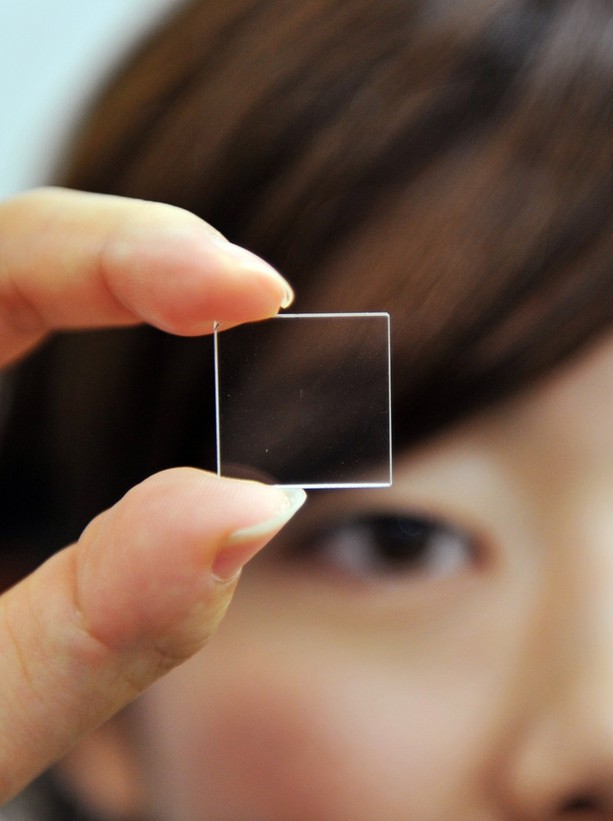When our phones or computers decide to bite the dust, we can all agree how much of a hassle it will be when our music, photos and documents suddenly disappear. But what if the problem of losing data/memories due to damaged or old tech gadgets was a thing of the past?

Japan’s Hitachi recently introduced a prototype method of storing digital information to fast track this idea into reality. And to make this possibility even more futuristic, the data is stored on a piece of glass no bigger than 2 centimeters squared.
What differentiates this new quartz glass plate technology from hard drives or other storage devices is it’s ability to endure extreme temperatures (withstands 1,832 degrees Fahrenheit for at least 2 hours) and hostile conditions (waterproof) without being damaged. Ultimately, it has the potential of storing data indefinitely.
Aside from stopping personal files from being lost forever, Hitachi’s idea also creates a way for future generations to view and maintain the high volume of data that is being created now. Digital media (hard drive/CDs) is currently “limited to a few decades or a century at most.”

So, how can glass store data, you ask? The technology uses binary data inside thin sheets of quartz glass. A laser beam creates dots that can be read by an optical microscope connected to data reading software. Certain data becomes unreadable as technology updates, but by using a binary model, the glass will always be readable no matter how advanced a computer is as long as it’s simply programmed to understand the code.
With four layers of glass, the prototype can hold 40 megabytes per square inch with the potential to add more layers to the glass.
Although the storage device isn’t being used for practical reasons yet, in the meantime, it might be safe to delete any embarrassing photos/videos you have on your computer before it’s too late and they stick around forever.
-Juan Frausto
(Photo credit: Phys.org)
Think people should hear about this?